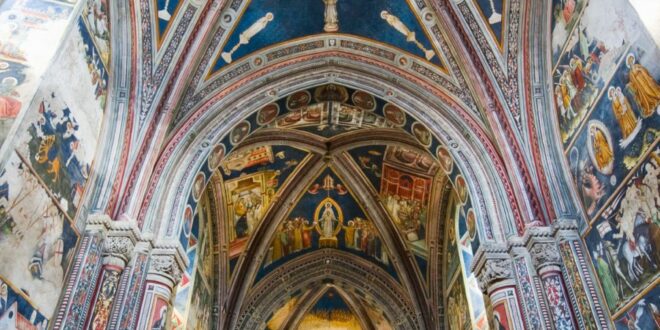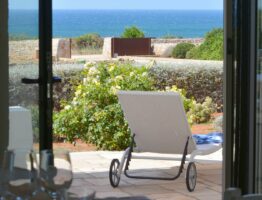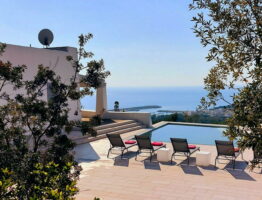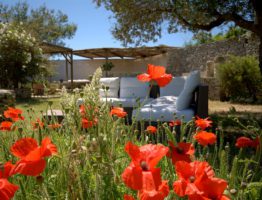Salento territory has long been known mainly for its sea and the Baroque, elements of undoubted value, which over the years have led many travelers not only to choose this as their destination; Salento has become a comfort zone, a second dream home for many people who love slow living, the sea as a lifestyle but also for art lovers, who seek aesthetic details everywhere.
Travelers have allowed other tourists to broaden their perspective and better appreciate some special places that were, until a few years ago, mostly unknown to non-natives.
And so, together with the famous Rose window of Santa Croce, among the unmissable hotspots for many tourists we find the beautiful Basilica of Santa Caterina d’Alessandria in Galatina as well as, together with Grotta della Poesia, the slow and respectful exploration of the caves of Santa Maria di Leuca and the southern coast by kayak are increasingly in demand.
Let’s discover some very important hotspots in local history that have become iconic in recent years, focusing on four of them, with a very strong spiritual power as well as incredibly beautiful to see and photograph.
Basilica di Santa Caterina d’Alessandria, Galatina
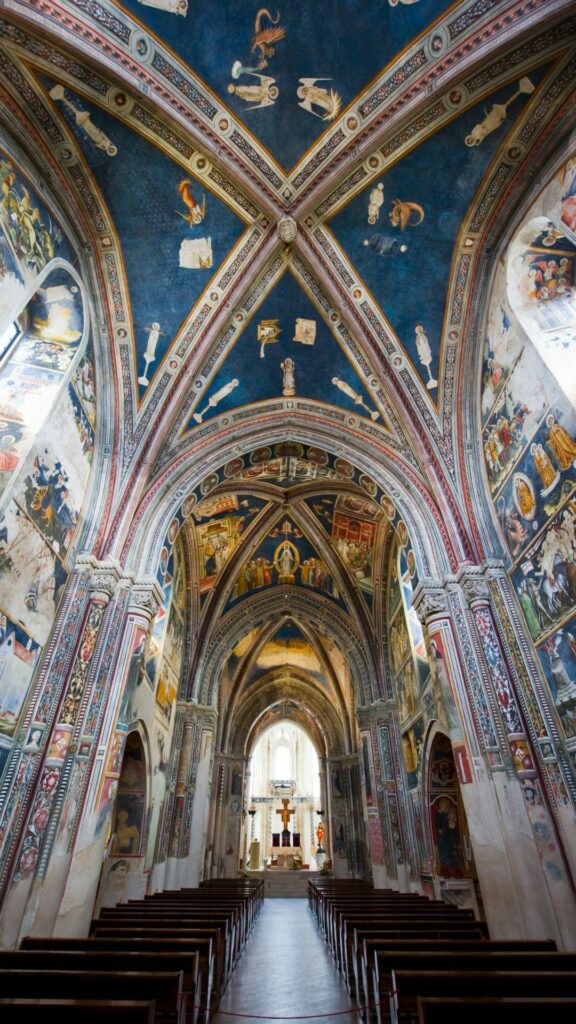
One of the most particular churches in Southern Italy, the Basilica of Santa Caterina d’Alessandria in Galatina was built in the late 1300s in a style that has been codified as “Apulian Romanesque”, i.e. a basic Romanesque style but with Byzantine influences and a obvious gothic component.
What leaves everyone enraptured are undoubtedly the cycles of frescoes, still well preserved, with strong colors, which make the Basilica second only to the Basilica of San Francesco di Assisi for the vastness of pictorial cycles present.
Coming to Salento and not visiting this Basilica means having to reschedule a new trip to Salento just to fill this gap.
Underground oil mills in Presicce
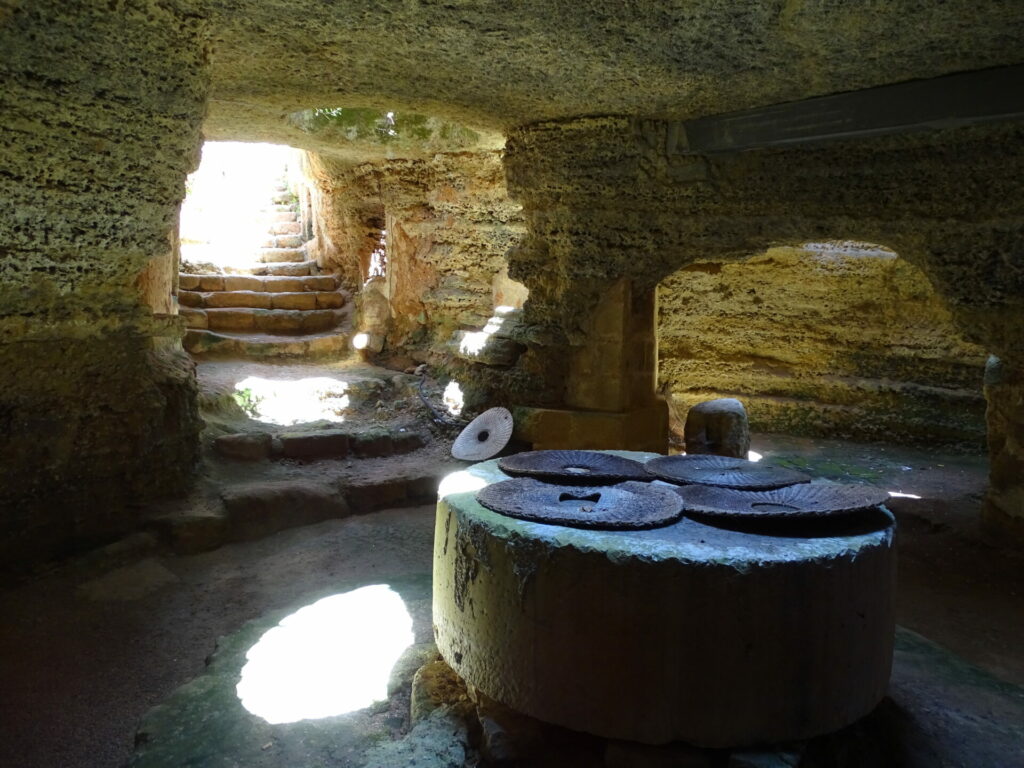
Salento is a territory of hypogea, i.e. underground quarries where once part of the productive but also social life of the inhabitants of the area took place.
Read more about different and interesting hypogea scattered in Salento.
Among them, a special mention is deserved by the underground oil mills in Presicce
Renamed the “city of the hypogea”, from its central square it is possible to access its enormous oil mills, real underground cities where the whole life of families and workers once took place.
A dark, industrious, hard life, it must be said; here they worked in continuous rotation, because the oil market was very important for the local economy.
Flying Castle of Corigliano d’Otranto

One of the most beautiful fortified castles in Italy, what makes Castello De Monti in Corigliano d’Otranto even more iconic is its being unique in Italy for the number of aggregation, art, entertainment, philosophy and debate activities held periodically inside.
Corigliano is one of the outposts of the sub-territory called Grecìa Salentina, where a very ancient language, Griko, with strong Hellenic influence, was spoken and still is spoken, thanks to the elderly and cultural recovery activities.
See the best places to vsit in Grecìa Salentina.
Otranto Lighthouse
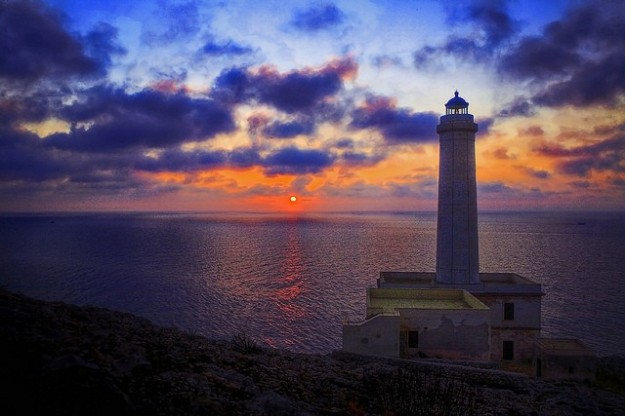
Other iconic places of Salento, its two most important lighthouses.
The lighthouse of Otranto, also called Faro di Punta Palascia is the easternmost point of Italy; here, especially in the summer, many people come to admire the sunrise, the sacred moment of the first dawn in Italy.
Besides the mystical spectacle of the sun rising over the sea, what makes the scenery even more worth experiencing is the path leading to the lighthouse.
The car must be parked a few hundred meters away, and the “descent” must be done on foot amidst the smell of edible and spontaneous plants.
Among the people who go to see the sunrise, an unspoken agreement of silence is established, everyone keeping a low voice as if it were a shared code, just like in a temple.
Basilica Santuario di Santa Maria de Finibus Terrae

Another very important lighthouse, linked to a place born on sacred ground thousand years ago, is Faro di FInibus Terrae, the lighthouse of the end of the earth, in Santa Maria di Leuca.
This is also the second highest lighthouse in Europe and visually stands out on the scenario of the Sanctuary of Santa Maria de Finibus Terrae, on the promontory where in ancient times there was a temple dedicated to the goddess Minerva.
Today there is a tendency to call the Sanctuary also “Madonna delle frontiere” (Our Lady of the Borders), since from the extreme edge of Italy, Mary opens her arms towards the East.
Regardless of one’s creed and whether or not one likes sacred architecture, this is undoubtedly a place with a sacred energy that has its roots in the mists of time.
